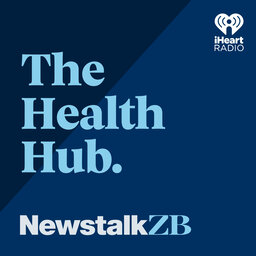Greg Pain: If running is so natural - why are injuries so common?
Running has got to be the most natural form of exercise... so why is it so easy to get injured while you do it?
Granted, if you're not an avid runner, it can take some time for your body to get used to that kind of movement - but what about your feet?
We're all more likely to maintain a consistent exercise routine if we enjoy what we're doing, but your running shoes may be holding you back.
Sports biomechanist Greg Pain joins with more.
LISTEN ABOVE
 The Health Hub
The Health Hub


